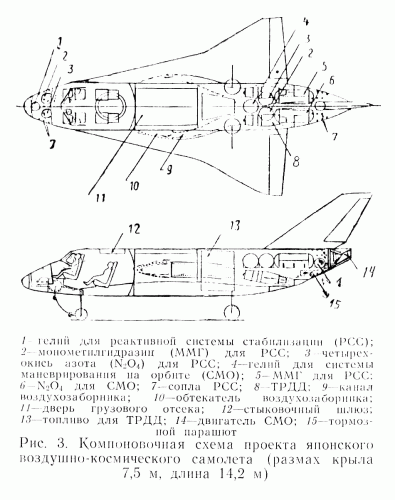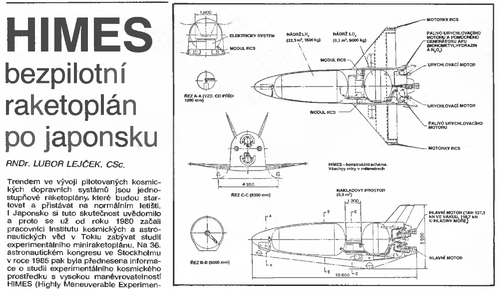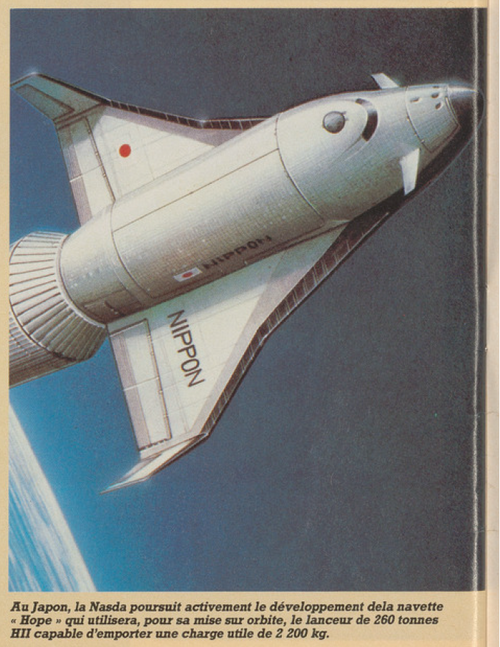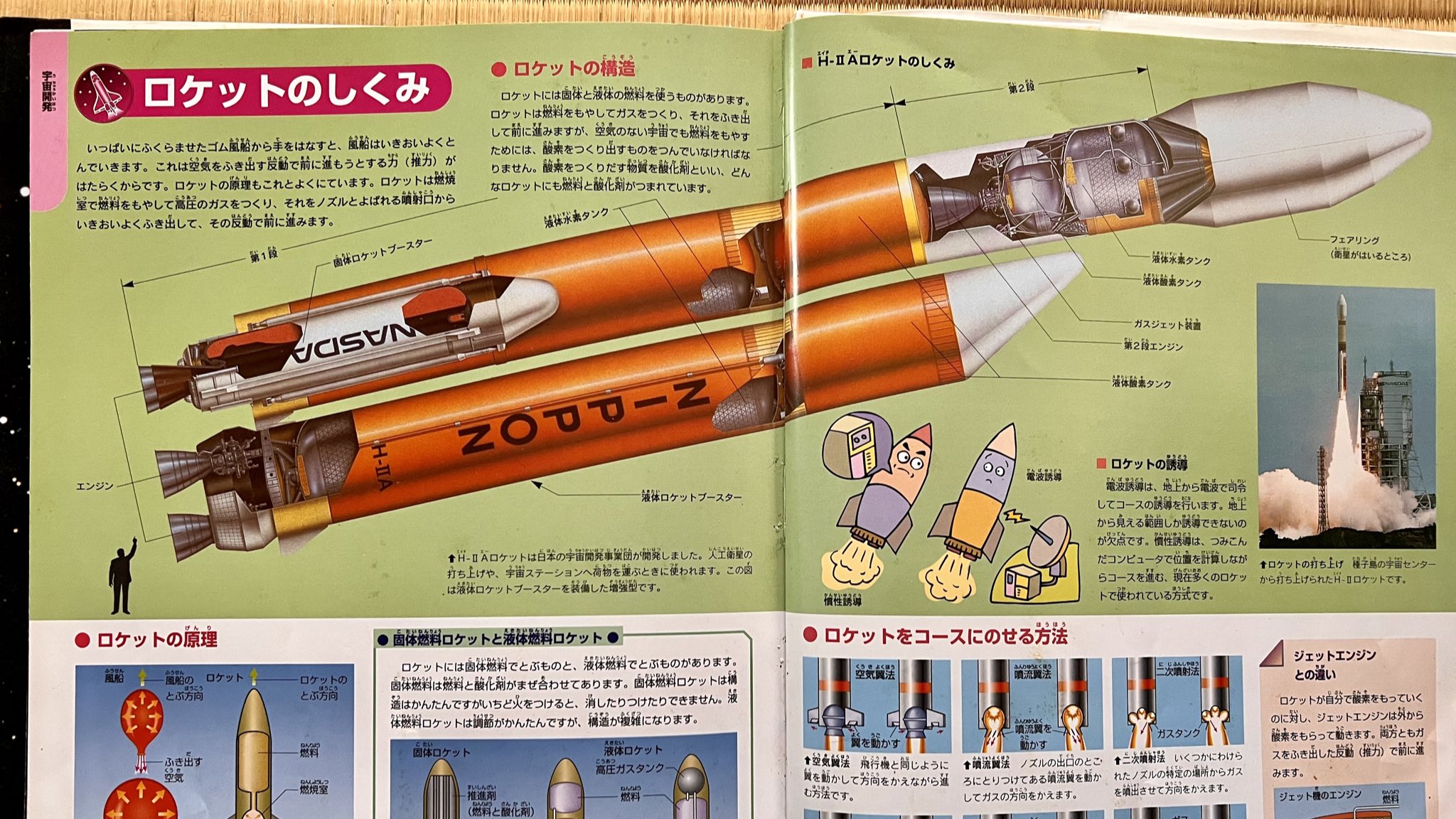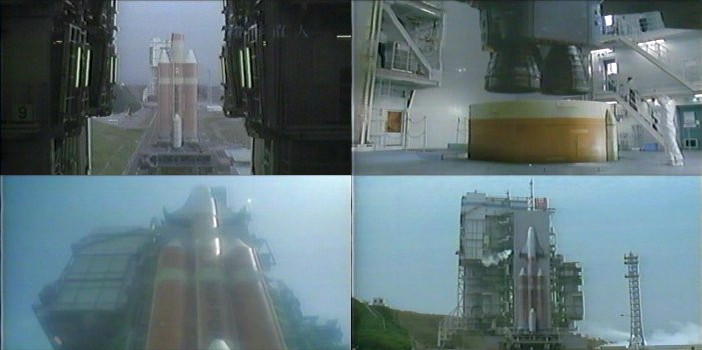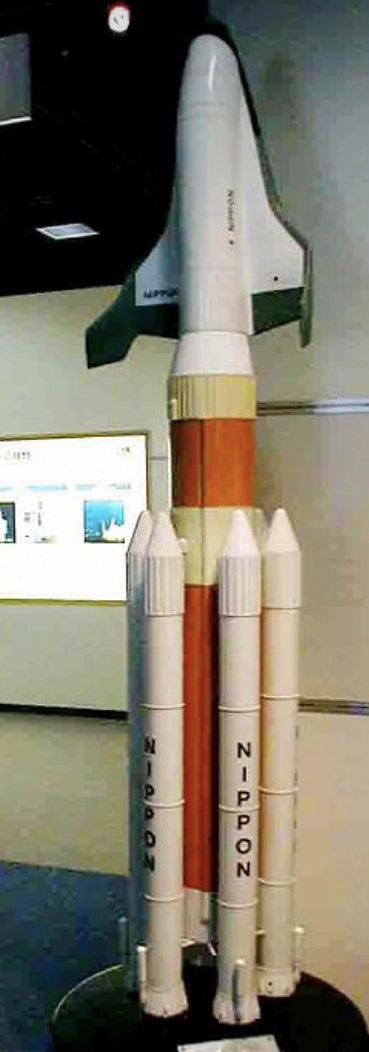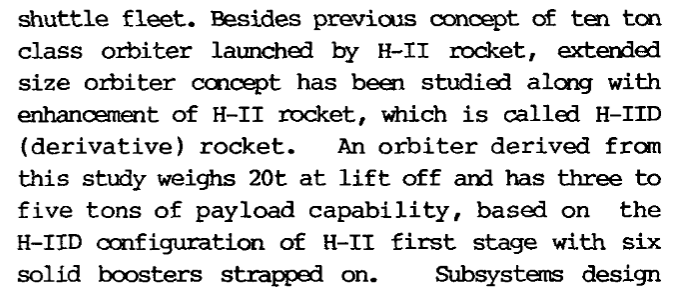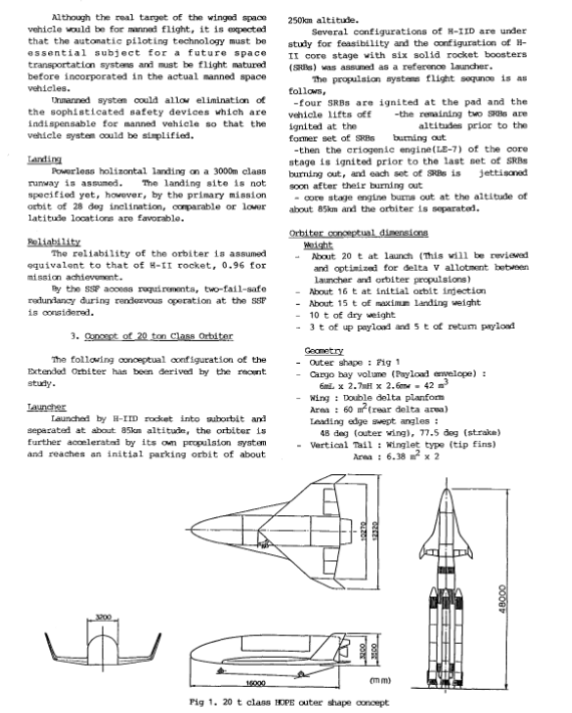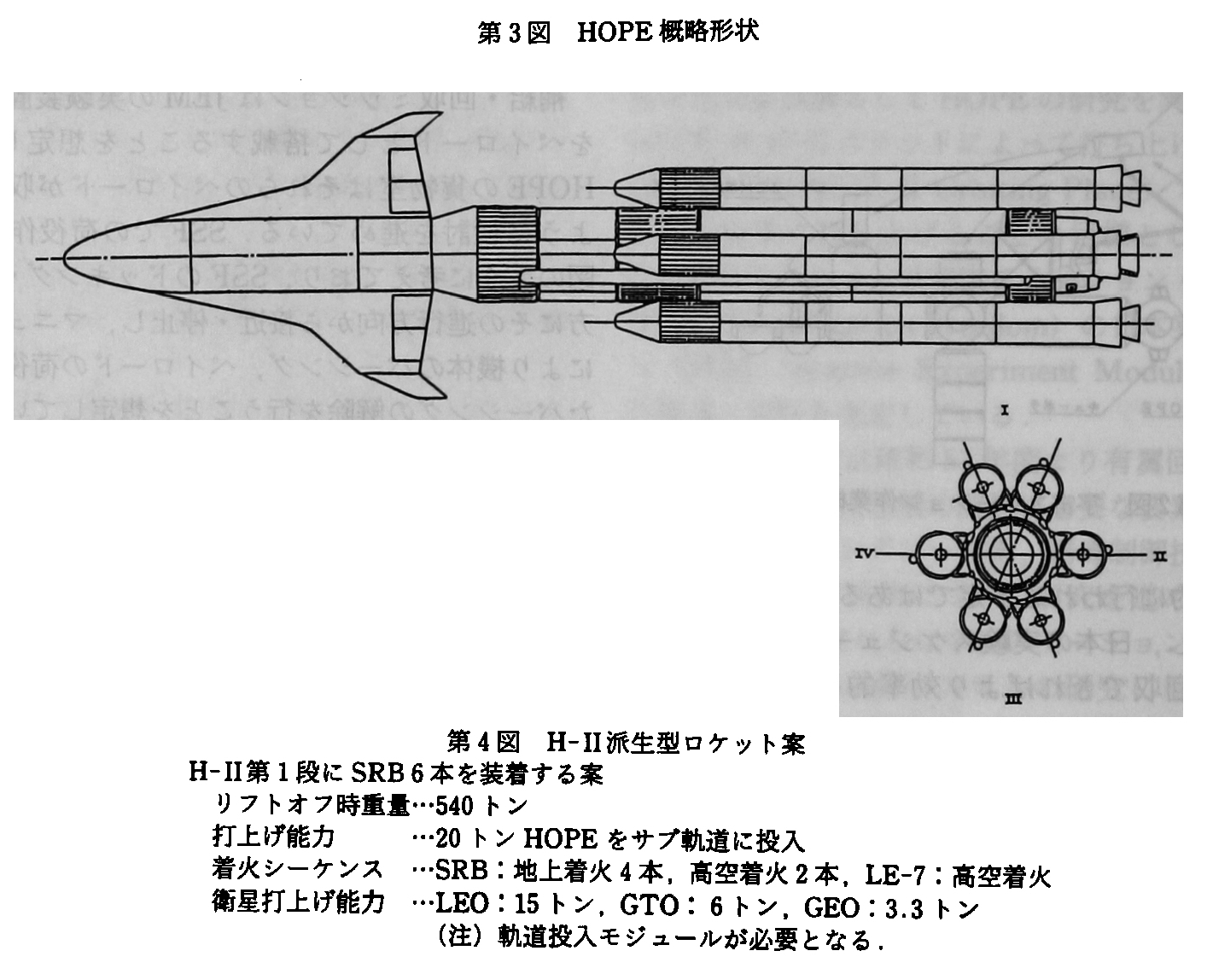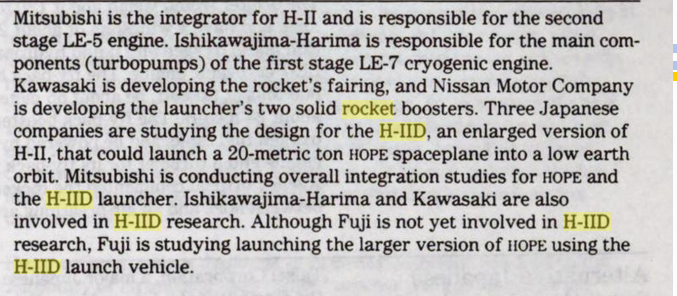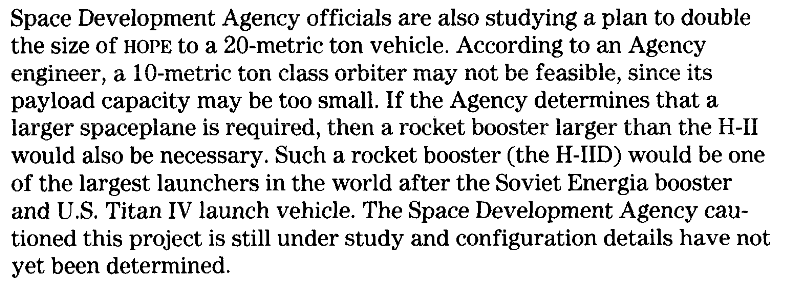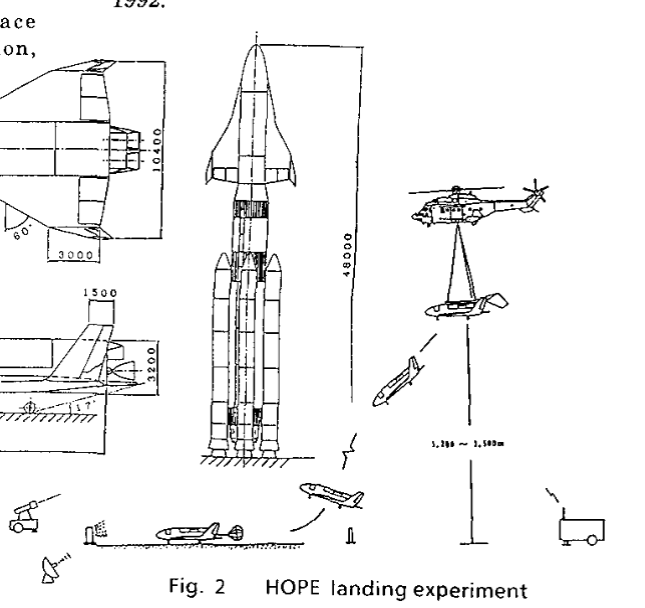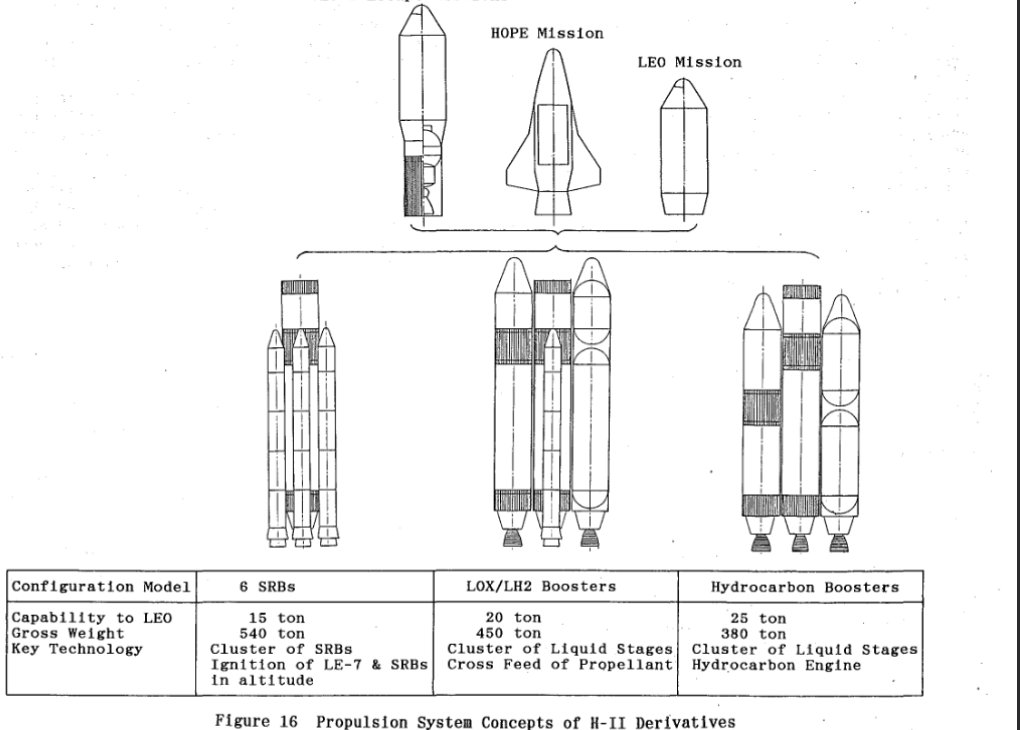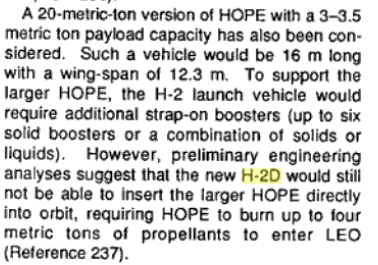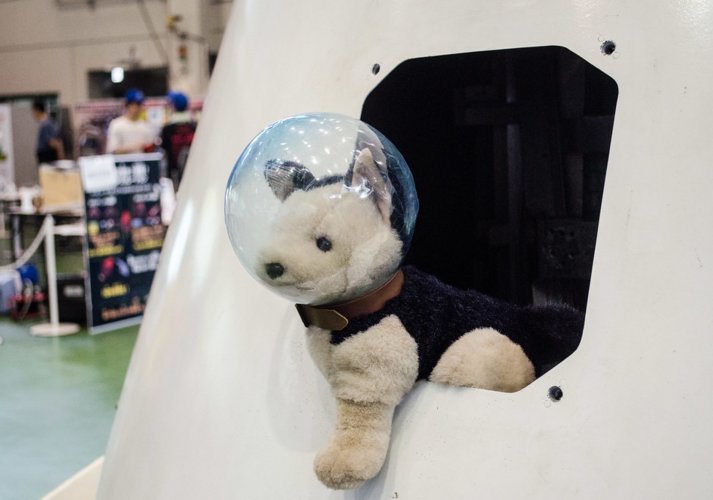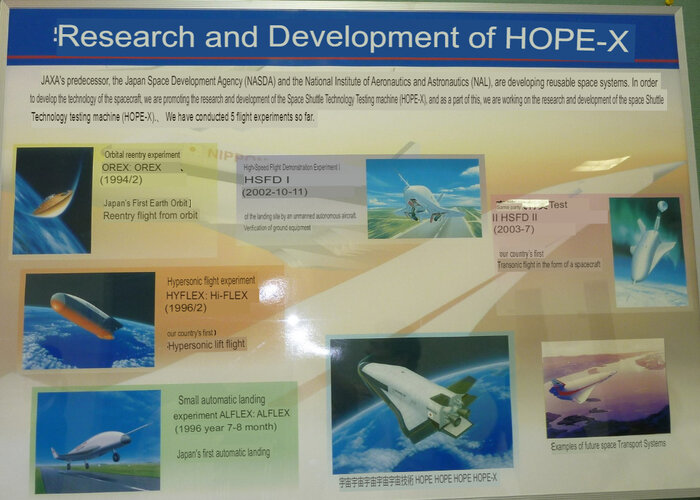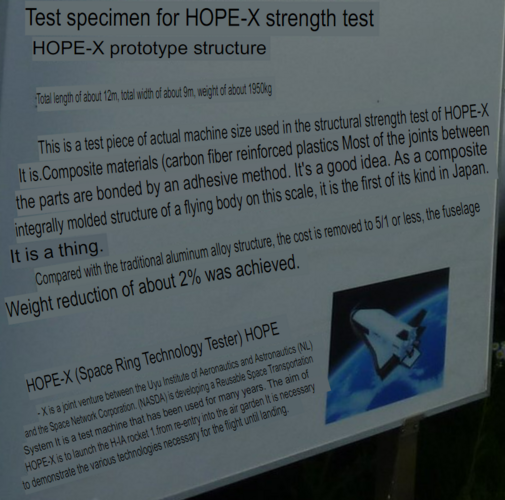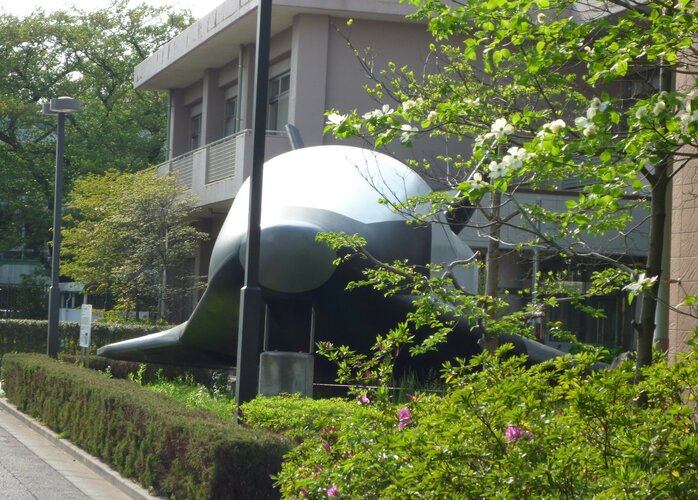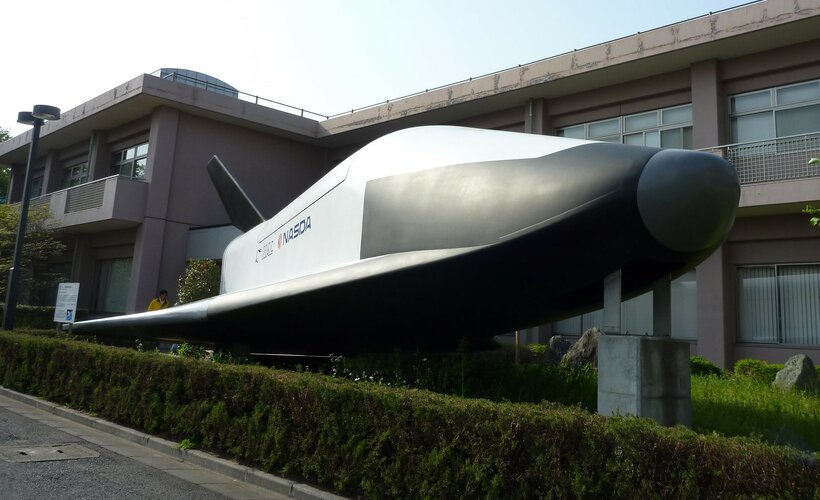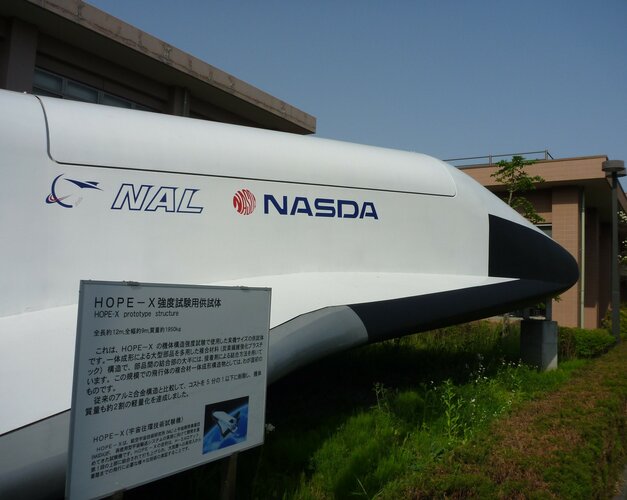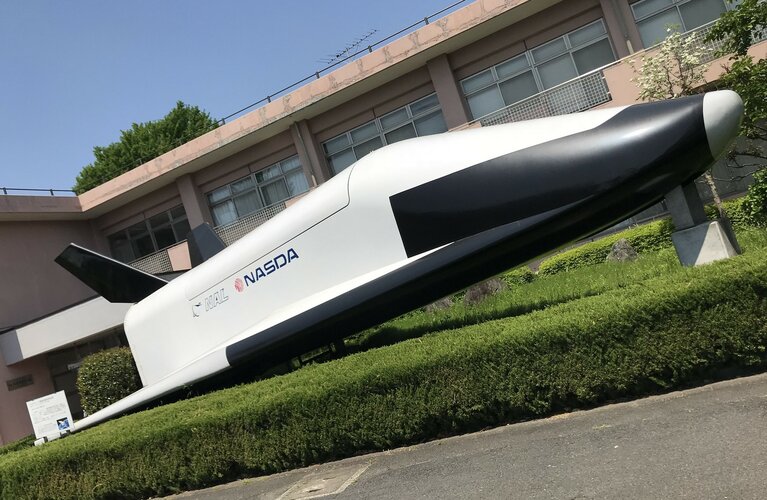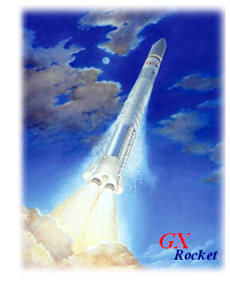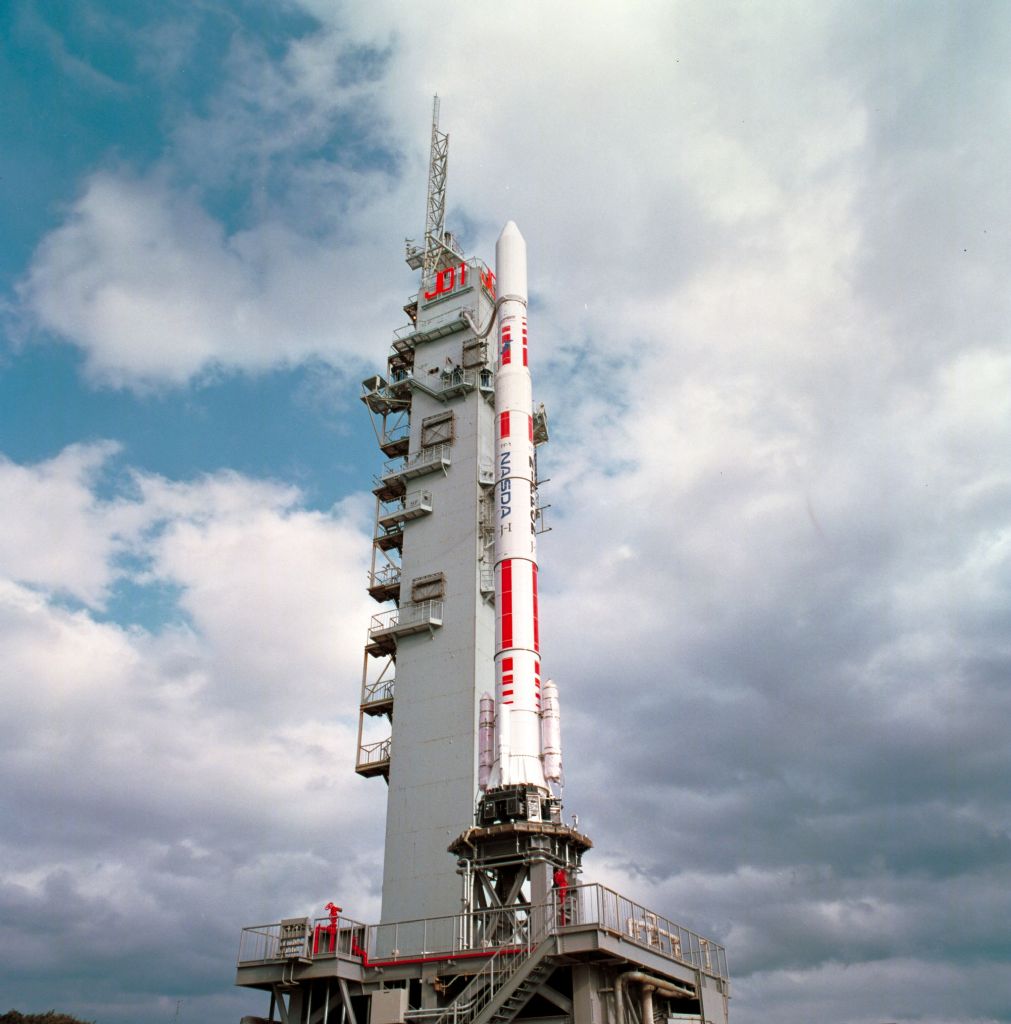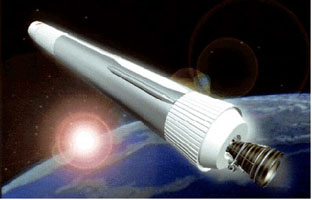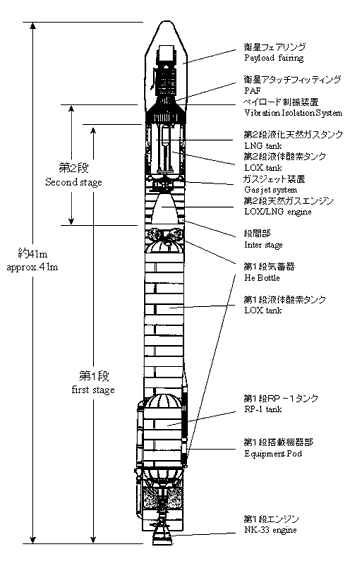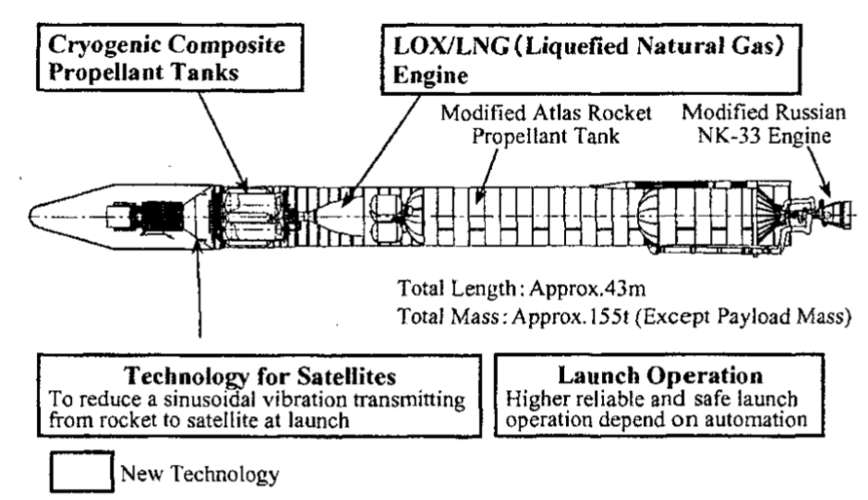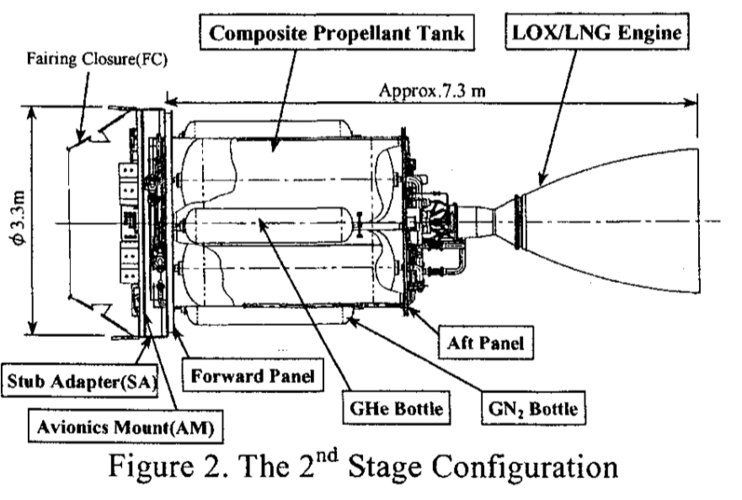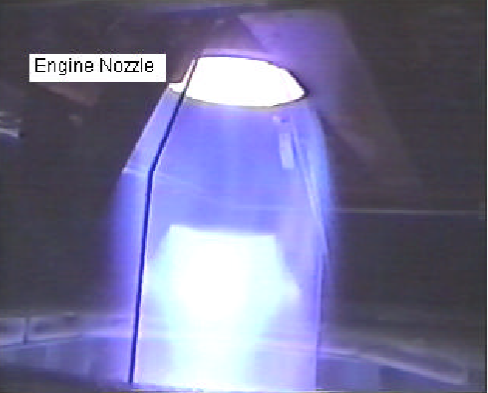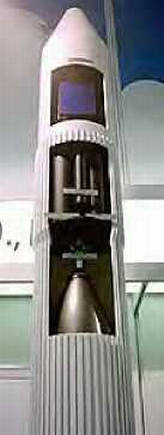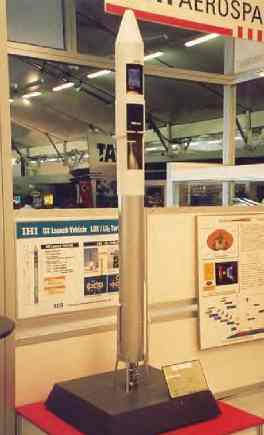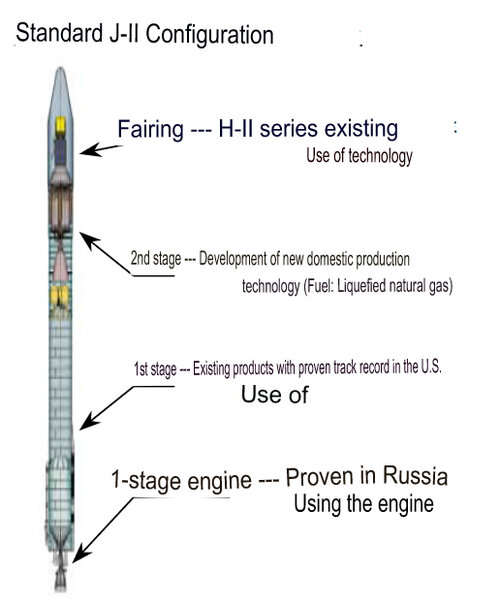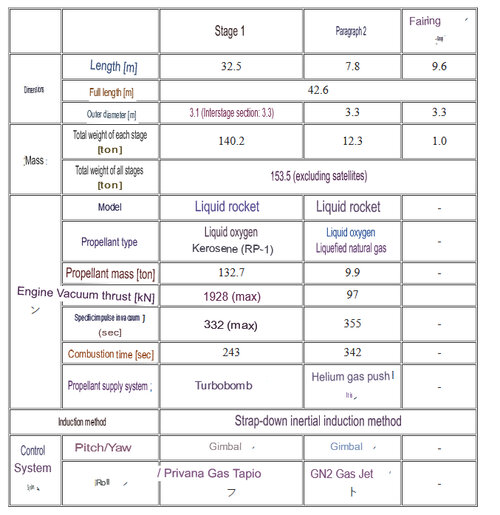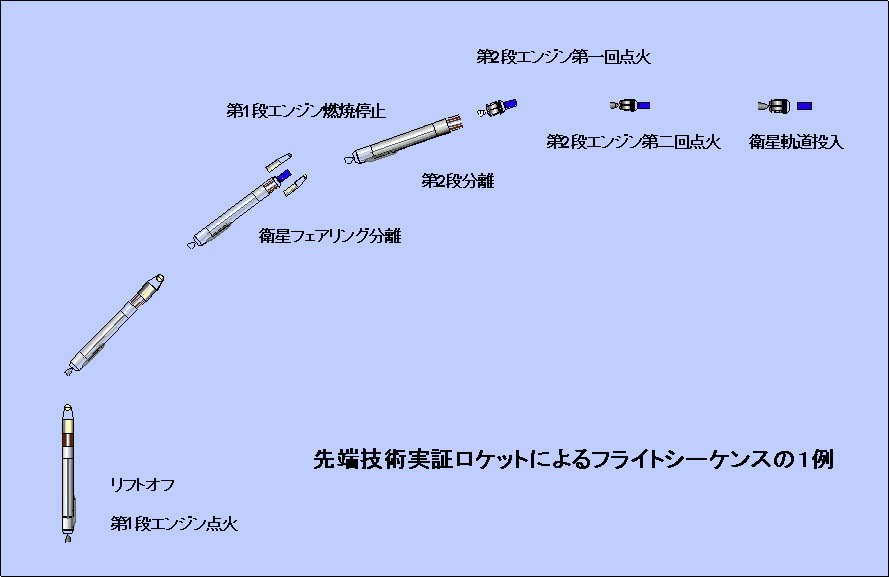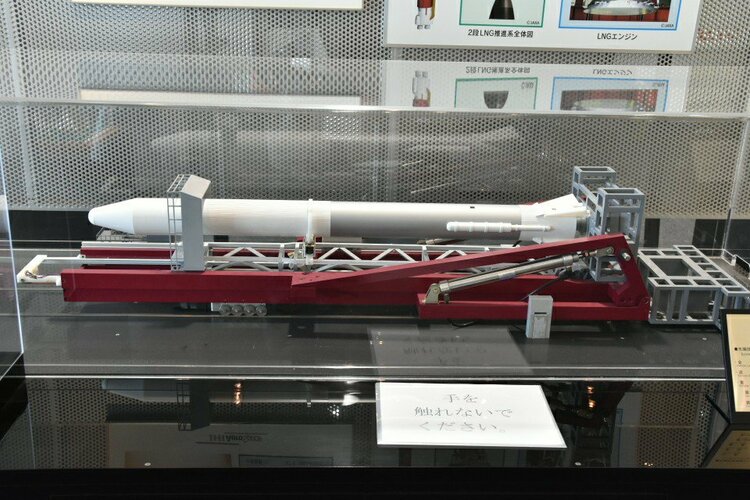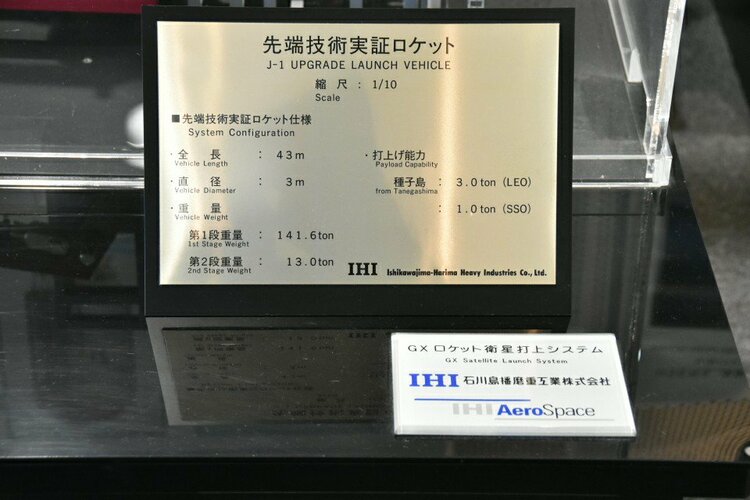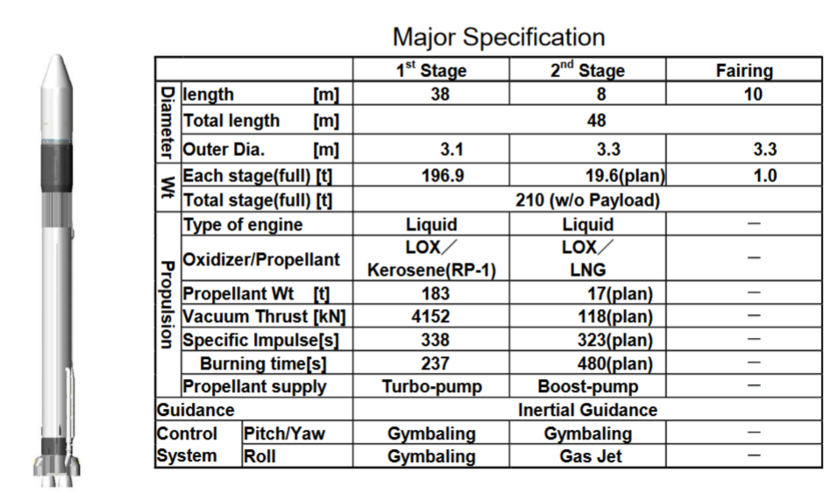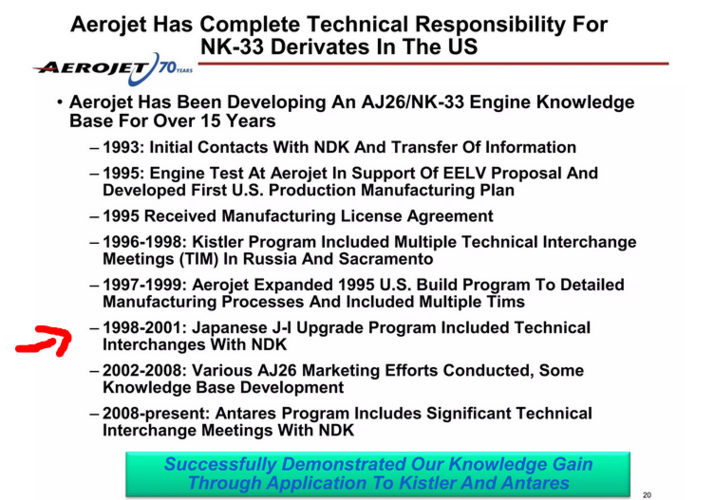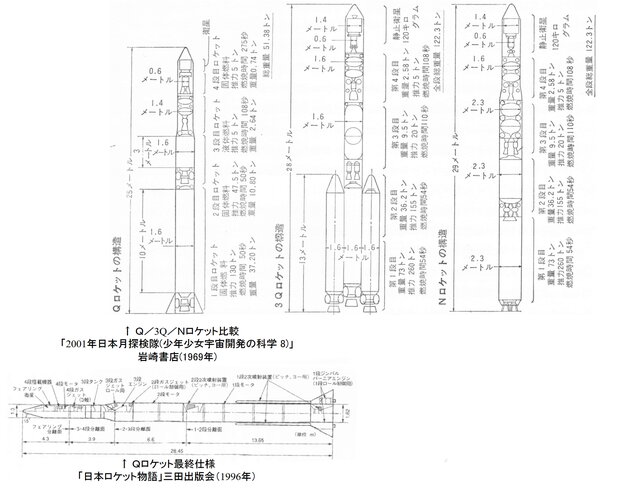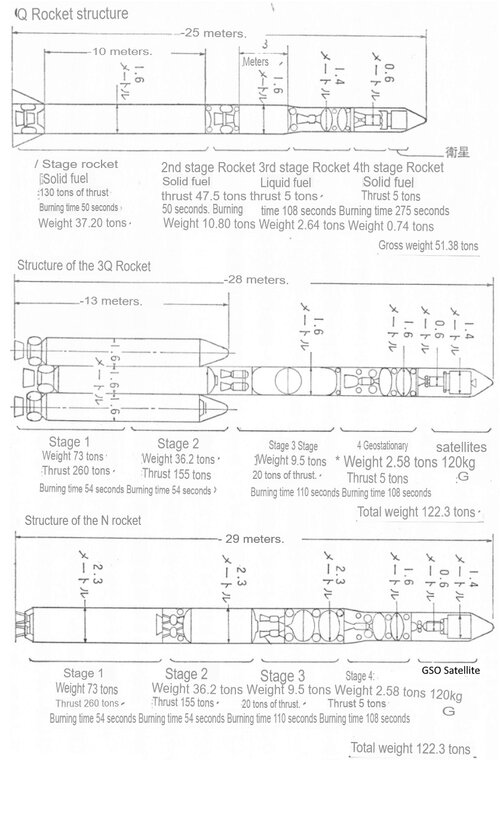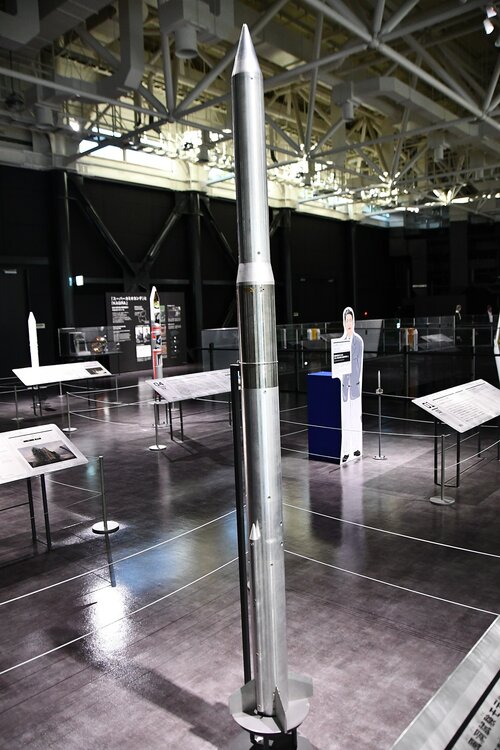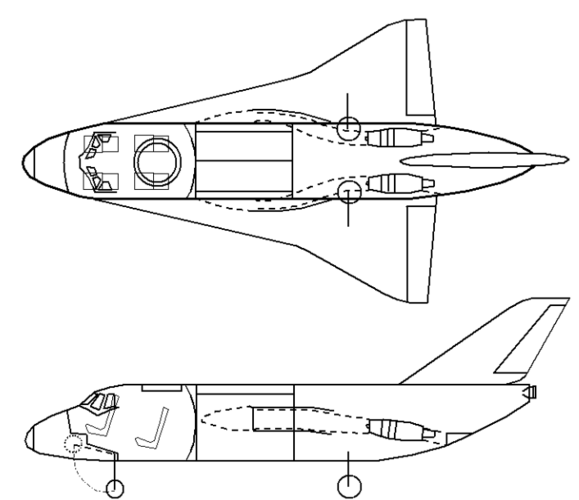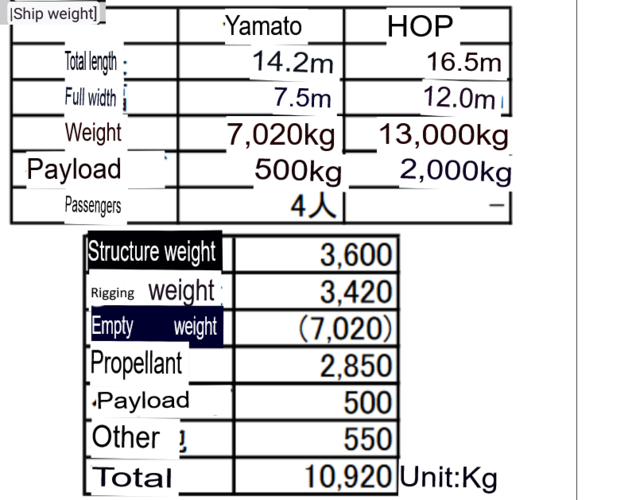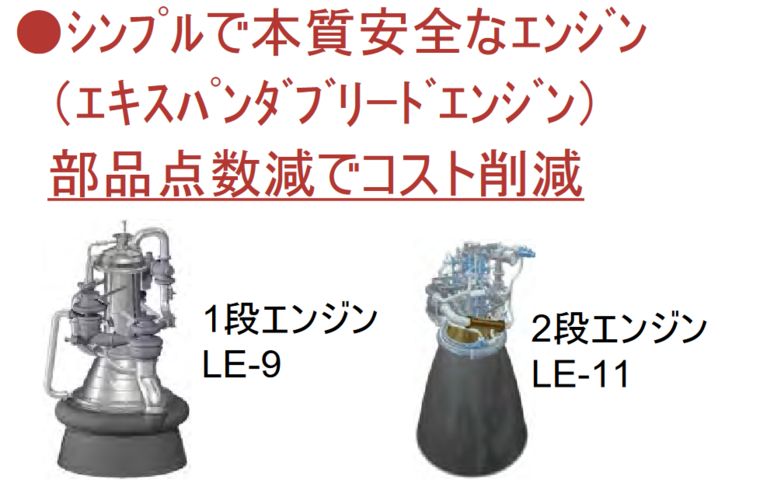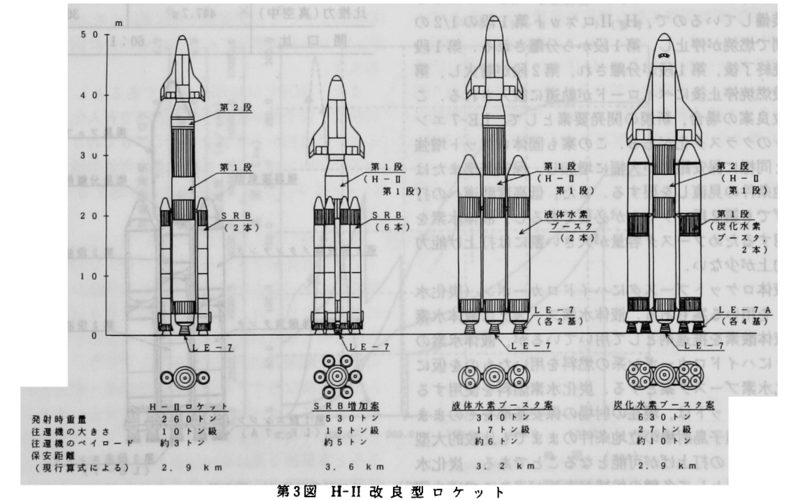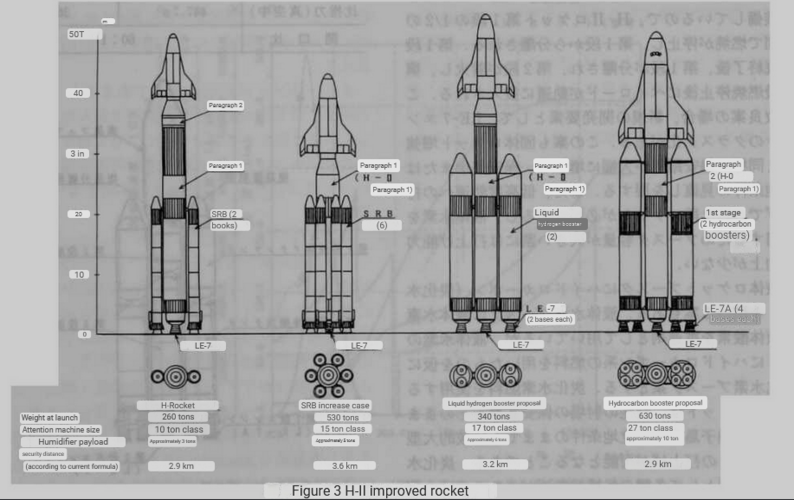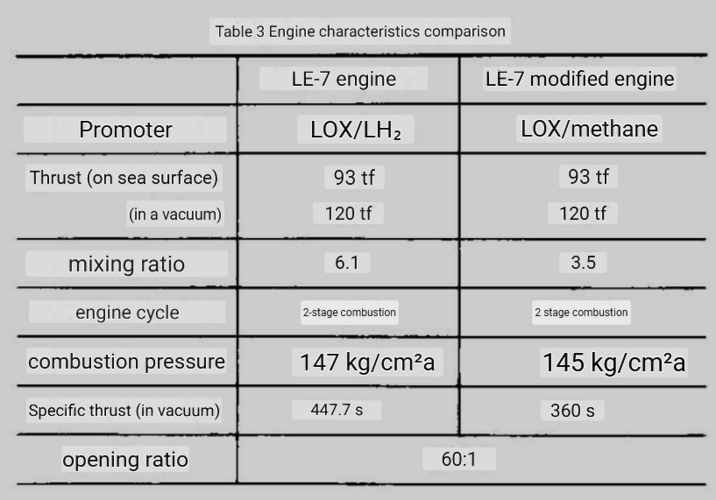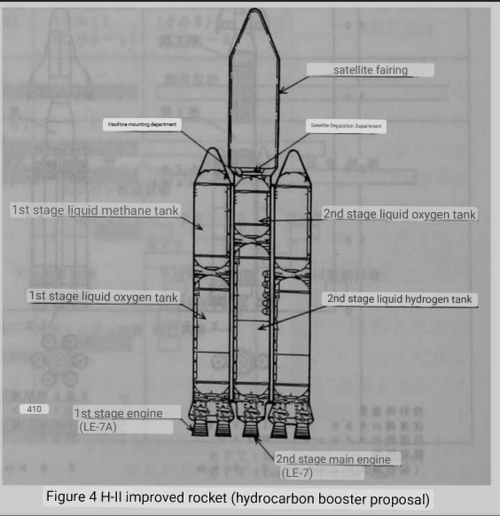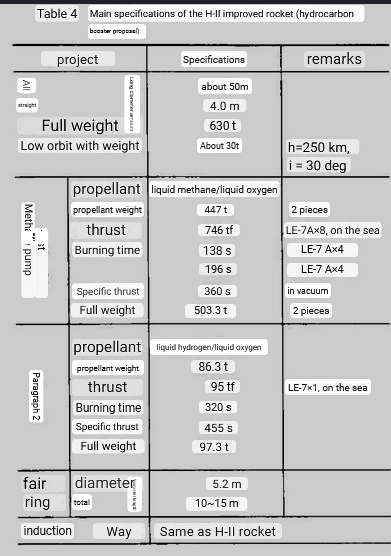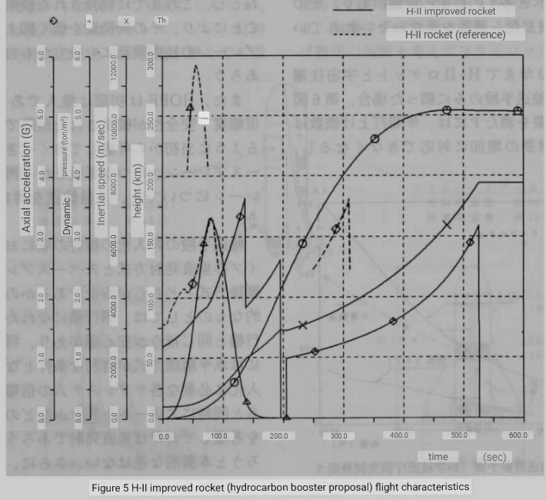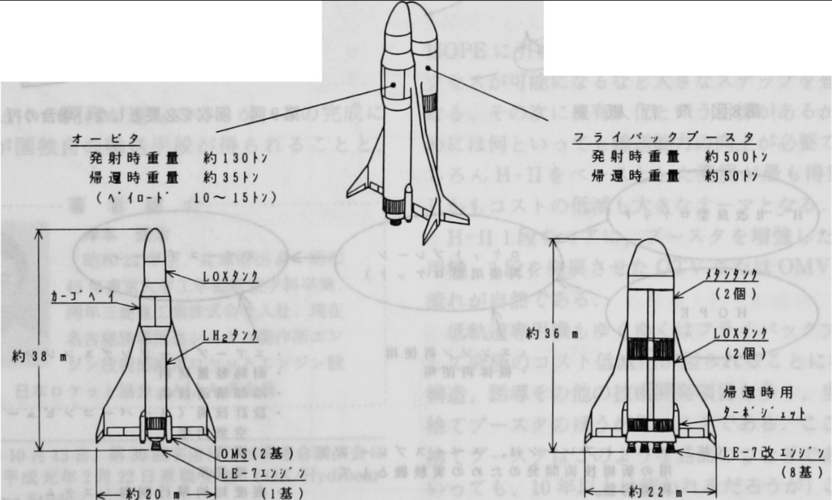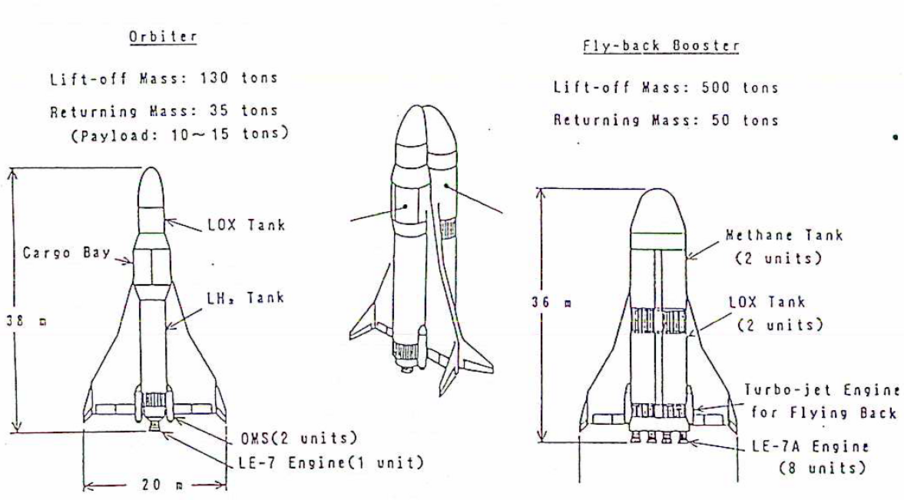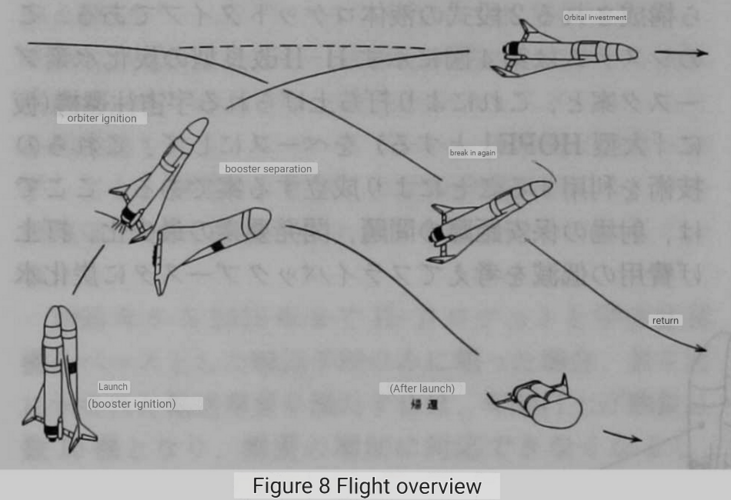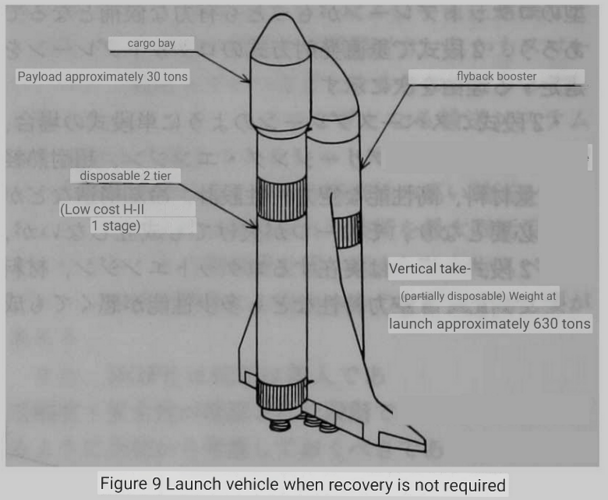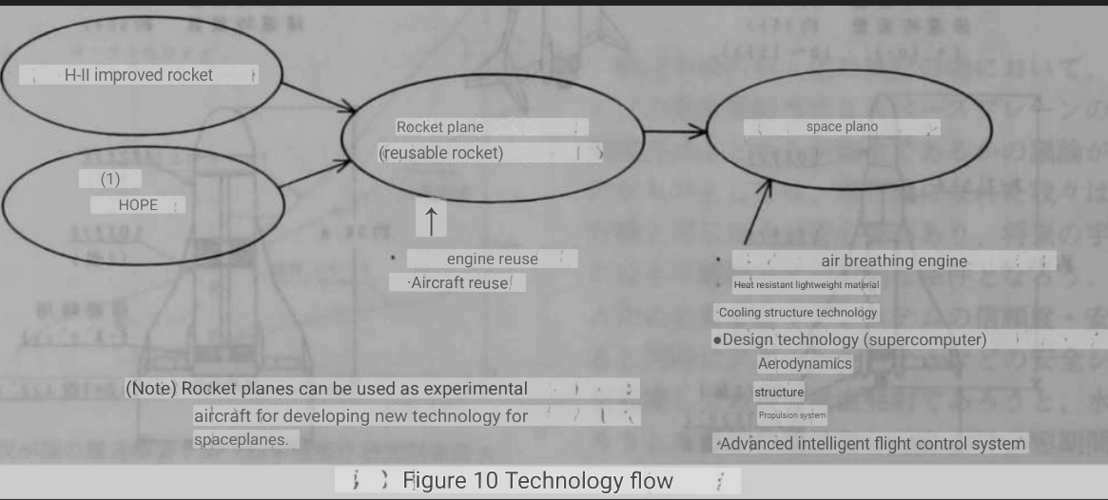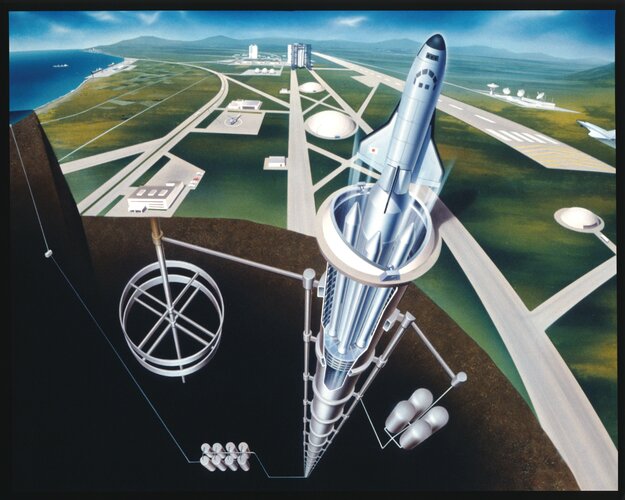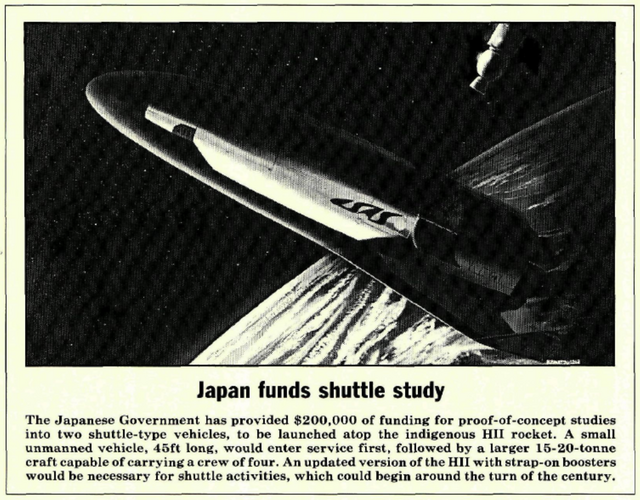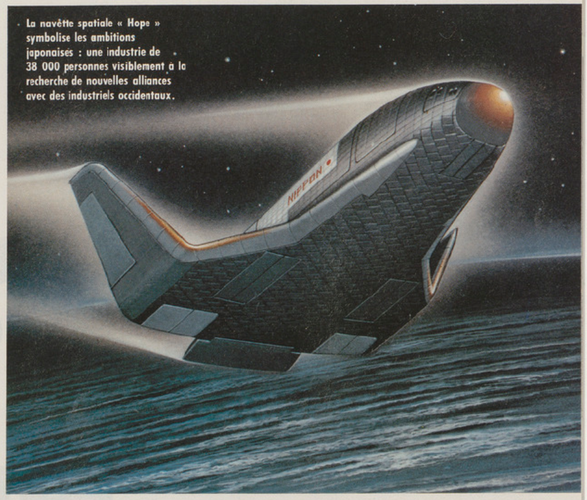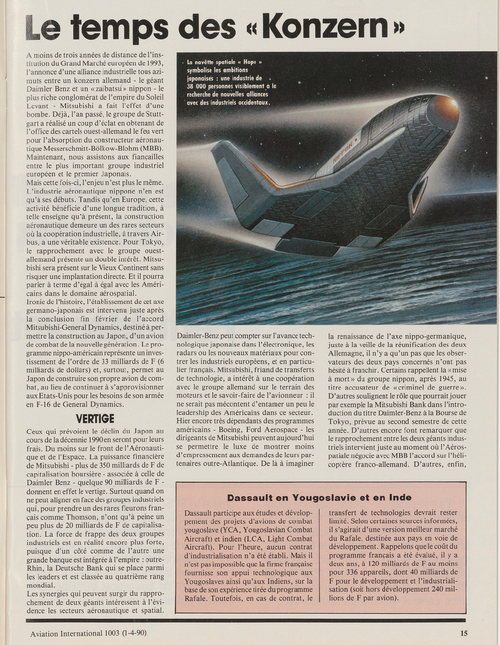- Joined
- 9 October 2009
- Messages
- 21,973
- Reaction score
- 13,631
PAYLOAD BOOMERANG TECHNOLOGY DESCRIBED
Tokyo KOGIKEN NYUSU in Japanese Sep 86 pp 1-2
[Article by Akira Onchi]
[Text] Payload boomerang technology means that after an experimental PS
(payload satellite) is launched from the SS (space station) into space and
experiments are performed while flying the experimental PS in space, the
experimental PS will be recovered by the SS. Such an experimental PS can be
regarded as a kind of free flier, and compared with free fliers which are
usually considered, it is possible readily and inexpensively to perform
repeated experiments by using such an experimental PS. It is necessary to
collect basic data on space experiments, and it can be considered that this
payload boomerang technology is extremely useful because experiments can be
performed readily and repeatedly.
The PS which has been assumed up to now has a mass of 500 kg, a flight time of
several hours or 10-odd hours, and a relative speed of less than 100 cm per
second against the SS. A gravity environment of 10~6 gravity or 10 gravity
will be realized. Also as mentioned later on, the PS will correct its orbit
by opening an aerodynamic parachute and changing the aerodynamic resistance
during flight. Figure 1 shows an imaginary picture of PSs, which will land
and take off from the top of a DTB (deployable truff beam) which will be
installed on the module of the SS.
The payload boomerang technology is characterized by the fact that the orbit
of PSs is controlled by positively using aerodynamics in a rarefied atmospher-eat
an altitude of 400 to 500 km. The movement of the PS and SS will be
mentioned in the item "dynamics" including aerodynamics. Inoue, an engineer
with the First Aerodynamics Division, has calculated the perturbation on the
assumption that the orbit is close to a circle, and has made a program and an
equation for indicating the orbit, which can be put to practical use. Figure
2 is an example of the above calculation and shows the relation between the
polar coordinates R and 0 Phi of the orbit. All land and take-off places are
located 30 meters below the center of gravity of the SS. The circular mark
means the orbit in which a PS opens a parachute at 3,800 seconds after it is
launched from the SS, and after 7,600 seconds, it will return to the SS. The
launch speed is 11.7 cm per second. The return orbit and launch speed are
related to the altitude of the SS, solar direction, shape (aerodynamic
resistance) of the PS, etc. When the value of these items is different from
that of the items during the actual flight of the PS, the PS may deviate from
its orbit and may not be able to return to the SS. For example, when the
value of the launch speed is different from that of the actual one by 5
percent and is 12.3 cm per second, as shown in dotted lines in Figure 2, the
orbit will deviate 80 meters from its return position. In such a case, the
deviated orbit can be corrected to its original return orbit by changing the
time for opening a parachute. The asterisk shown in Figure 2 is an example of
the corrected orbit. It can be appreciated that when the time for opening a
parachute is determined at 4,600 seconds after a PS is launched, the PS will
return to a place close to its landing and take-off place. In the case of
actual flight, the initial orbit of the PS will be chased, the time for
opening a parachute will be calculated on the basis of data obtained from this
chase, and this time will be corrected in accordance with instructions given
from the outside (for example, the SS). As mentioned up to now, the
correction of the orbit of the PS is carried out by controlling the time for
opening a parachute. This correction work does not need any active control
according to the jet.
The main processes in the use of the payload boomerang technology are the
launching of a PSS from the SS, flight (experiment), opening of a parachute,
and recovery of the PSS to the SS. A unit for launching PSs must have the
very small error of the launching speed. Also, the PS must be constructed so
that it can smoothly open a parachute in accordance with instructions given
from the outside. It is necessary to make the unit and PS on an experimental
basis and to conduct preliminary tests for them, because they will be operated
in a weightless environment. The method of throwing a net and direct
acquisition according to a manipulator can be considered as methods of
recovering the PS. Also, it is desirable to design a PS so that the
restoring force of both aerodynamic torque and gravitational inclination
torque can act on the PS, because the attitude stability must be ensured in
the PS during flight. The above topics are presently being studied.
It is not long since research on the payload boomerang technology was started
and there are many problems which should be solved from now on, but
preliminary experiments will be performed by using a space shuttle at a stage
in which research is promoted to some extent. This is because it is
considered that these preliminary experiments are effective for the future
PS.
20,143/9599
CSO: 4306/2534
http://www.dtic.mil/dtic/tr/fulltext/u2/a348897.pdf

![a348897[1]-26.jpg](/data/attachments/89/89004-c53442bd3f8537158b8a8d56136e1f54.jpg)
